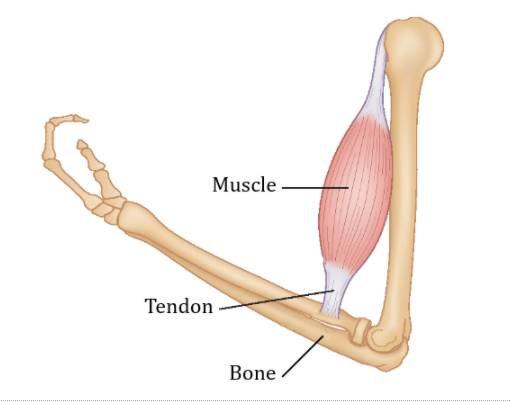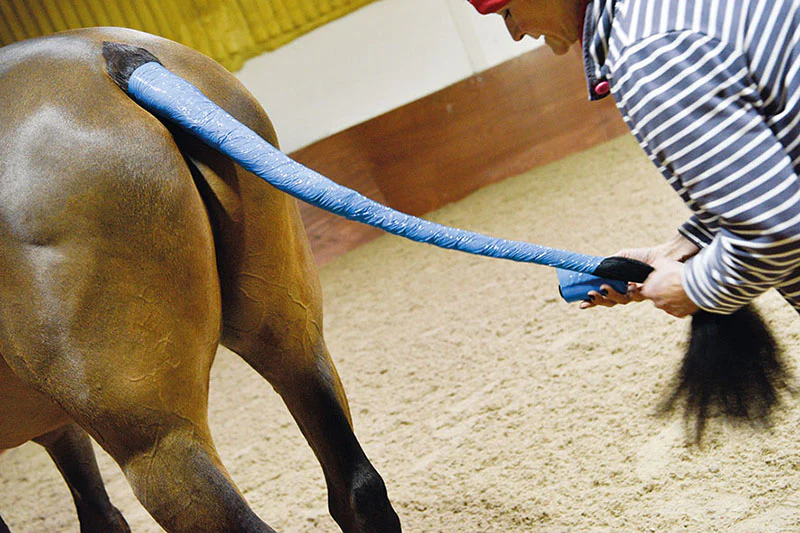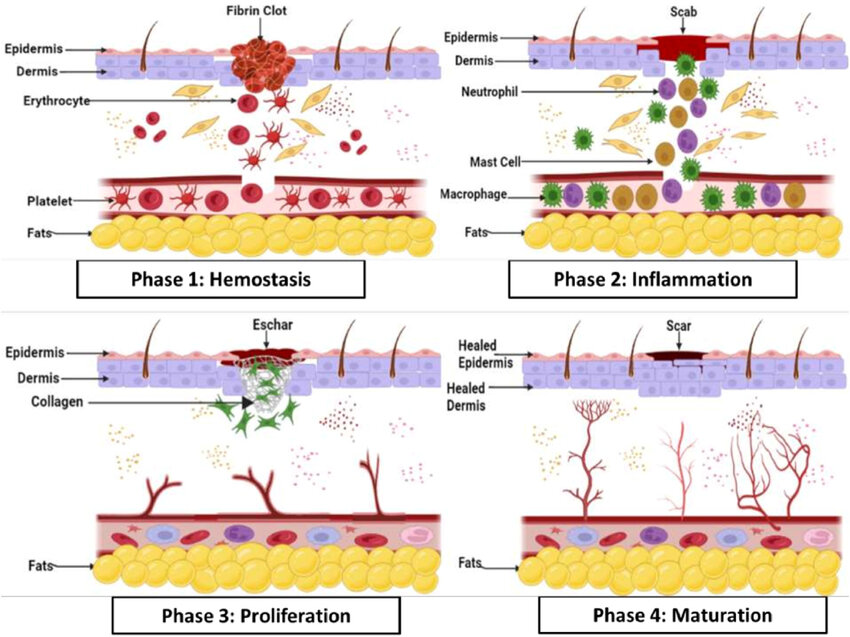
The Science of Achilles Tendon Healing
Modern evidence increasingly supports non-surgical treatment for Achilles tendon ruptures. When managed correctly, non-operative treatment yields excellent results. This article explores the science of natural Achilles tendon healing, explaining the biological processes and providing practical insights for a successful recovery.
Why Understanding Achilles Tendon Healing is Crucial for Your Recovery
Understanding your body’s natural healing capacity empowers you to actively participate in your recovery. It helps you adhere to precautions, understand the rationale behind each rehabilitation step, and ultimately achieve a better outcome.
Natural Healing: A Comparison of Tissues (Skin, Bone, Tendon)
The human body has a remarkable ability to repair itself. Injuries to skin, ligaments, tendons, and bones share fundamental healing mechanisms. Let’s briefly compare:
Skin Healing: A Familiar Process
We’re all familiar with how skin heals: a cut bleeds, a scab forms, new skin grows, and the scab falls off, leaving a scar. Stitches can help, but even without them, skin heals.
Bone Healing: The Power of Callus
Broken bones also bleed internally. A “scab” called a callus forms, gradually hardening as calcium is deposited, forming new bone. A cast provides stability during this process. Over time, the bone remodels, often returning to its original shape.
Tendon Healing: The Focus of This Article
A tendon connects muscle to bone, enabling movement. The Achilles tendon, the largest in the body, connects your calf muscle to your heel bone.
 Figure 1. The Achilles tendon connects the calf muscle to the heel bone.
Figure 1. The Achilles tendon connects the calf muscle to the heel bone.
Tendons are made of collagen fibers, arranged in bundles like a rope. These bundles are surrounded by the paratenon, containing blood vessels and connective tissue.
 Figure 2. Tendon structure resembles a horse’s tail, with bundles of collagen fibers.
Figure 2. Tendon structure resembles a horse’s tail, with bundles of collagen fibers.
A torn Achilles tendon is like a frayed rope. Bleeding occurs within the paratenon, leading to a blood clot, initiating the healing process.
The 4 Stages of Achilles Tendon Healing: A Detailed Explanation
Achilles tendon healing unfolds in four overlapping stages:
 Figure 3: The four stages of Achilles tendon healing: Haemostasis, Inflammation, Proliferation, and Remodelling.
Figure 3: The four stages of Achilles tendon healing: Haemostasis, Inflammation, Proliferation, and Remodelling.
1. Haemostasis: Stopping the Bleeding (Minutes to Hours After Injury)
- What Happens: The body’s immediate priority is to stop the bleeding. Blood vessels constrict, and platelets adhere to the damaged collagen, becoming activated.
- Key Process: The coagulation cascade leads to the formation of a fibrin mesh, creating a blood clot that acts as a temporary plug and scaffold.
- What to Expect: Initial swelling and bruising may be present.
2. Inflammation: The Body’s Cleanup and Repair Crew (Hours to Days)
- What Happens: This phase is characterized by redness, swelling, heat, pain, and potential loss of function. Inflammation is a necessary part of healing.
- Key Processes:
- Vasodilation: Blood vessels widen, increasing blood flow.
- Immune Cell Infiltration: Neutrophils and macrophages remove debris and pathogens.
- Growth Factor Release: PDGF, TGF-β, and VEGF stimulate fibroblasts, collagen production, and angiogenesis.
- What to Expect: Significant swelling, pain, and tenderness around the injured area.
3. Proliferation/Consolidation: Rebuilding the Achilles Tendon (Days to Weeks)
- What Happens: Tissue repair begins. Fibroblasts migrate to the site and synthesize new collagen.
- Key Processes:
- Fibroblast Proliferation: Large numbers of fibroblasts are recruited.
- Collagen Synthesis (Type III): Fibroblasts initially produce Type III collagen (weaker and less organized).
- Angiogenesis: New blood vessels form.
- Granulation Tissue Formation: A temporary matrix of collagen, blood vessels, and fibroblasts forms.
- What to Expect: Swelling gradually decreases, but the tendon remains weak.
4. Remodelling: Strengthening and Maturation (Weeks to Months/Years)
- What Happens: The newly formed tissue matures and strengthens. The tendon gradually regains its ability to withstand forces.
- Key Processes:
- Collagen Remodelling (Type III to Type I): Type III collagen is replaced by stronger, more organized Type I collagen.
- Collagen Alignment: Collagen fibers align along lines of stress, influenced by controlled mechanical loading during rehabilitation.
- Decreased Cellularity: Fibroblast and blood vessel numbers decrease.
- What to Expect: Continued improvement in tendon strength and function. Full recovery can take a year or more.
Factors Influencing Achilles Tendon Healing:
- Age: Younger individuals generally heal faster.
- Injury Severity: Partial tears heal faster than complete ruptures.
- Treatment: Surgical vs. non-surgical management affects outcomes.
- Rehabilitation: Proper rehabilitation is crucial.
- Nutrition: Adequate protein, Vitamin C, and other nutrients are essential.
- Health Conditions: Diabetes and smoking can impair healing.
After Healing: Expectations and Long-Term Recovery
After several weeks, the tendon is healed, but still relatively weak. The risk of stretching or re-rupture decreases over time. Re-rupture is rare after six months. The healed tendon will contain some permanent scar tissue.
Implications for Your Recovery: 3 Key Principles
To ensure a good recovery from your Achilles tendon rupture, three conditions must be met:
- Secure Union: The two ends of the tendon must be securely joined together.
- Optimal Length: The length of the tendon must be the same as it was before the injury.
- Restored Muscle Power: Muscle strength must be restored with exercises.
Obviously, if the tendon does not join (or re-ruptures), then the muscle is not connected to the bone, and so (in the case of the Achilles tendon) you lose the ability to stand on tiptoes with any strength. You may have a little movement still because the toe tendons can compensate a little.
If the tendon heals but is stretched and elongated, then the “puppet string” is long and baggy, and however hard the muscle tries to pull, it cannot lift the heel properly. This is why it is so important that you do not cut any corners when recovering. The foot must remain in a tip-toe position (plantarflexion) at all times – day and night. One mistake pulls the healing ends apart.
Once strong enough to give up the boot, muscle-building exercises begin. These exercises are designed to improve muscle strength without overstretching the tendon. It is important to follow the protocol carefully. Overzealous activity can lead to stretching of the tendon or re-rupture.
Stretching exercises are discouraged for up to a year for fear of the newly healed tendon stretching. Even if your Achilles feels too tight, which is common after weeks in the high-heeled boot, be patient and allow it to gradually adapt with normal use. Engaging in aggressive stretching may cause elongation and loss of power in the ankle. Once the tendon is over-stretched, it will not tighten up again.
Frequently Asked Questions (FAQs) about Achilles Tendon Healing
This section addresses common questions about Achilles tendon ruptures and the healing process.
1. How long does it take for a ruptured Achilles tendon to heal?
The healing timeline varies depending on the severity of the injury, individual factors (age, health), and treatment approach. Generally:
- Initial Healing (Haemostasis & Inflammation): A few days.
- Proliferation/Consolidation: Several weeks (typically 6-8 weeks).
- Remodelling: Months to a year or more for full maturation and strength recovery. Significant improvement is usually seen within 6-12 months, but the tendon continues to remodel and strengthen beyond that.
2. Can an Achilles tendon heal completely without surgery?
Yes, in many cases, an Achilles tendon rupture can heal very well without surgery. Modern non-operative treatment protocols, involving immobilization in a boot and a structured rehabilitation program, have shown excellent outcomes, often comparable to surgical repair, but with a lower risk of complications.
3. What is the best treatment for an Achilles tendon rupture?
The “best” treatment depends on individual factors, including the type and severity of the rupture, the patient’s age, activity level, and overall health. Both surgical and non-surgical options have their pros and cons. A thorough discussion with an orthopedic specialist or sports medicine physician is crucial to determine the most appropriate treatment plan.
4. What does a ruptured Achilles tendon feel like?
A sudden, sharp pain in the back of the ankle, often described as feeling like being kicked or shot, is a common symptom. You may hear a popping sound. Difficulty walking, especially pushing off the ground, and an inability to stand on your toes are also typical. There may be a palpable gap in the tendon.
5. Can I walk on a torn Achilles tendon?
Walking on a completely ruptured Achilles tendon is usually very difficult or impossible, especially in the initial stages. You will likely be unable to bear weight fully or push off the ground with the injured leg. Even with a partial tear, walking will be painful and limited. It’s crucial to avoid putting weight on the injured leg until you’veve been evaluated by a healthcare professional.
6. What are the risks of non-surgical treatment for an Achilles tendon rupture?
The main risk of non-surgical treatment is a slightly higher risk of re-rupture compared to surgical repair. However, with modern rehabilitation protocols, this risk has been significantly reduced. Other potential risks include tendon elongation (healing in a lengthened position), which can lead to weakness. Strict adherence to the treatment plan is essential to minimize these risks.
7. What are the risks of surgical repair for an Achilles tendon rupture?
Surgical repair carries risks associated with any surgery, including infection, wound healing problems, nerve damage, blood clots, and anesthesia complications. There is also a risk of re-rupture, although it’s generally lower than with non-surgical treatment.
8. What exercises are best for Achilles tendon healing?
Rehabilitation exercises should be performed under the guidance of a physical therapist or qualified healthcare professional. The exercises will progress gradually, starting with gentle range-of-motion exercises, progressing to strengthening exercises (e.g., calf raises), and eventually incorporating plyometric exercises (e.g., jumping) as the tendon heals.
9. How can I prevent an Achilles tendon injury?
Prevention strategies include:
- Proper Warm-up: Always warm up before exercise.
- Gradual Progression: Increase training intensity and duration gradually.
- Stretching: Regularly stretch your calf muscles and Achilles tendon (but avoid aggressive stretching after an injury).
- Strength Training: Strengthen your calf muscles.
- Proper Footwear: Wear supportive shoes that fit well.
- Listen to Your Body: Don’t ignore pain.
10. What should I eat to help my Achilles tendon heal?
A balanced diet rich in protein, Vitamin C, zinc, and other essential nutrients is crucial for collagen synthesis and tissue repair. Good sources of protein include lean meats, fish, poultry, beans, and lentils. Vitamin C is found in citrus fruits, berries, and peppers. Zinc is found in meat, shellfish, and nuts. Staying well-hydrated is also important.
11. When can I return to sports after an Achilles tendon rupture?
The timeline for returning to sports varies greatly depending on the individual, the severity of the injury, the treatment approach, and the sport. It typically takes several months (often 6-12 months or longer) before a full return to high-impact activities is possible. A gradual, phased return to sport, guided by a physical therapist, is essential to prevent re-injury.
12. Will my Achilles tendon be as strong as it was before the injury? While the tendon can heal to be very strong, it may not fully regain 100% of its pre-injury strength. However, with proper rehabilitation, most individuals can return to their previous activity levels.
Conclusion: The Path to a Strong Recovery
Recovering from an Achilles tendon rupture requires understanding, patience, and commitment. By understanding the science of tendon healing and following a well-structured rehabilitation program, you can significantly increase your chances of a successful outcome. This article provides a foundation of knowledge; always consult with your healthcare providers for personalized guidance.